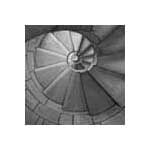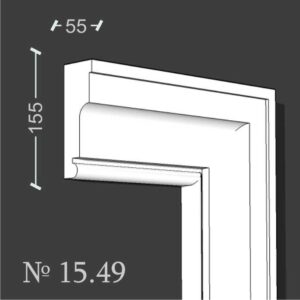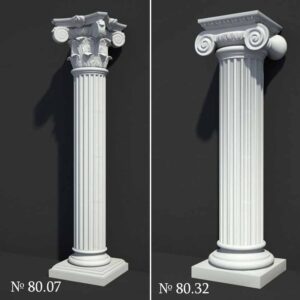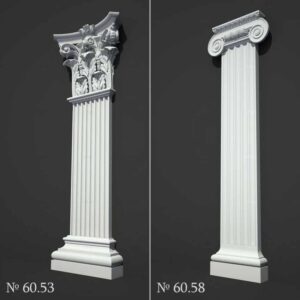The dynamic use of angled roofs in modern architectural design not only redefines the skyline but also introduces a myriad of functional benefits. This innovative approach, combining aesthetics with practicality, has transformed the way architects and designers conceptualize residential and commercial spaces. By focusing on angled roofs, a distinctive feature in contemporary architecture, we explore how this element impacts design, functionality, and the overall architectural narrative.




Angled Roofs and Natural Light
Angled roofs enhance the penetration of natural light, dramatically altering the ambiance of interior spaces. The slope can be precisely oriented to capture the sun’s rays during peak hours, filling rooms with a warm, natural glow that shifts subtly throughout the day.
The ability to control light exposure through roof angles significantly impacts energy efficiency. Spaces bathed in abundant natural light reduce the need for artificial lighting, cutting down on electricity usage and fostering a more sustainable living environment.
Architecturally, angled roofs create dynamic interior landscapes. Ceilings that rise and fall with the roof’s pitch offer a visual rhythm, playing with shadows and light in ways flat ceilings cannot, adding depth and character to the space.
Natural light has well-documented benefits on human health and mood. Spaces designed with angled roofs that maximize daylight can enhance the well-being of occupants, making homes feel more open, airy, and connected to the natural world outside.






Thermal Efficiency of Angled Roofs
Angled roofs are pivotal in managing a building’s thermal efficiency. Their design aids in the natural circulation of air, keeping spaces cooler in the summer and warmer in the winter, which can significantly reduce heating and cooling costs.
The slope of the roof can be optimized to minimize direct solar heat gain during hot months while maximizing it during colder periods. This strategic use of angles contributes to a building’s overall energy efficiency, aligning with modern sustainability goals.
In regions prone to snow, the angle of the roof helps in shedding snowfall quickly, preventing build-up that could lead to ice dams or added weight on the structure, thus maintaining thermal efficiency even in harsh winter conditions.
Roof materials can also be selected and applied with thermal performance in mind, working in tandem with the roof’s angle to enhance insulation and air tightness. This holistic approach to design ensures that angled roofs contribute significantly to the energy performance of buildings.



Aesthetic Appeal and Angled Roofs
The aesthetic appeal of angled roofs transforms buildings into architectural statements. The sharp lines and dynamic forms introduced by angled roofs break the monotony of traditional designs, offering a canvas for architectural innovation and creativity.
Beyond their visual impact, angled roofs can be designed to reflect cultural or historical contexts, blending new constructions seamlessly into existing landscapes or distinguishing them as contemporary icons. Their versatility in style and material allows for unique expressions of architectural vision.
The silhouette of a building is dramatically affected by the shape of its roof. Angled roofs create interesting profiles against the sky, changing the building’s appearance from different viewpoints and becoming a defining feature of its design.
Interior spaces benefit aesthetically from angled roofs as well. Vaulted ceilings and loft spaces are just some of the architectural features made possible by the use of angles, creating interiors that feel spacious and luxurious.


Structural Benefits of Angled Roofs
The structural benefits of angled roofs are numerous, offering enhanced durability and longevity for buildings. Their design facilitates efficient drainage of rainwater and meltwater, preventing water infiltration and damage to the roof structure.
Angled roofs are inherently more resistant to wind uplift. The aerodynamic shape of the roof allows wind to flow over the surface more smoothly, reducing the risk of damage during high winds or storms.
The design and construction of angled roofs can incorporate advanced engineering techniques and materials, providing additional strength and resilience. This makes them suitable for areas prone to extreme weather conditions, from heavy snowfall to tropical storms.
By distributing weight more evenly, angled roofs can help prevent structural strain. This is particularly important in regions with heavy snowfall, where the weight of accumulated snow can compromise the integrity of flat roofs.
The dynamic use of angled roofs in modern architectural design offers a harmonious blend of form and function. By enhancing natural light, improving thermal efficiency, contributing to a building’s aesthetic appeal, and ensuring structural benefits, angled roofs stand out as a pivotal feature in contemporary architecture. This design approach not only addresses practical considerations but also pushes the boundaries of creativity, making angled roofs a symbol of innovation in the architectural landscape.












